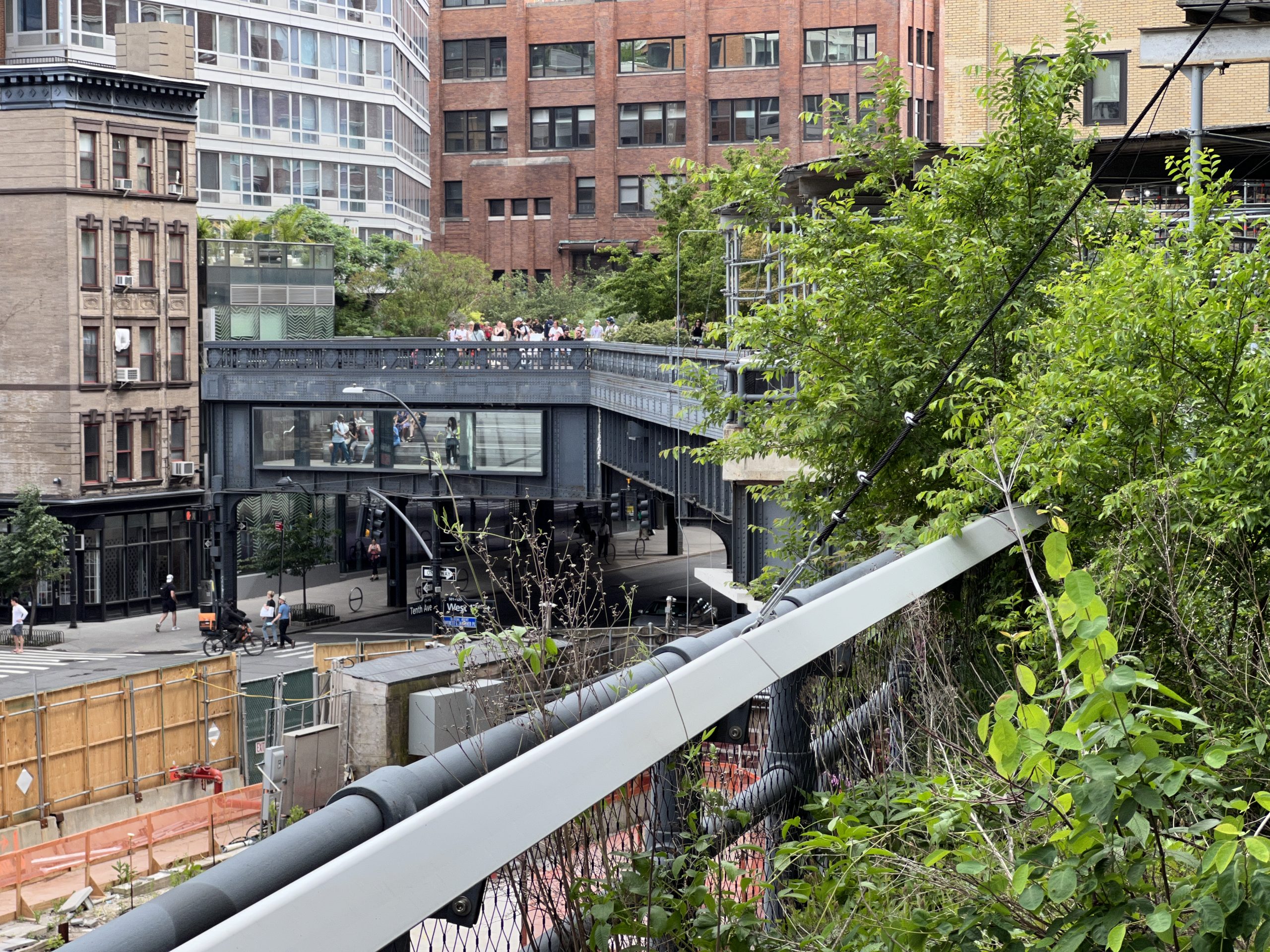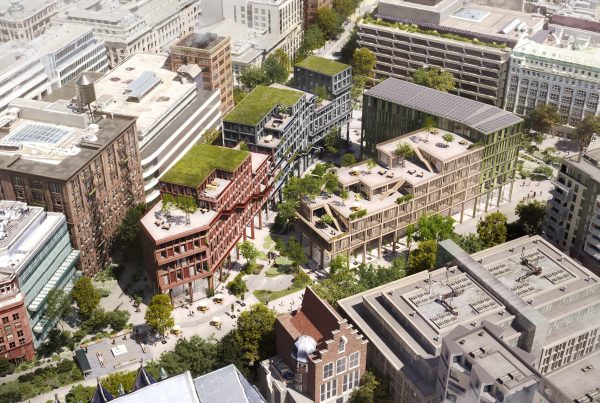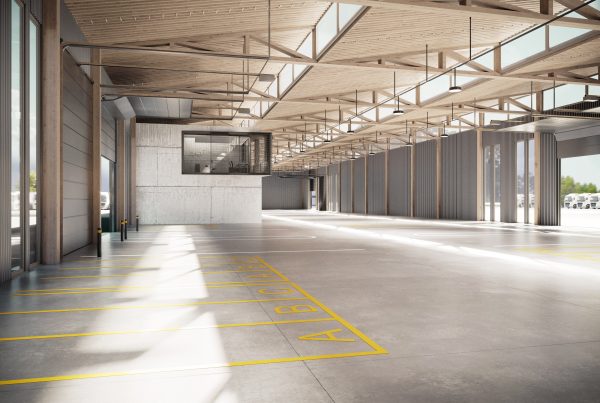Beta solutions for Ludwigshafen to reinvent the ugliest city in Germany with identity architecture
ASSELMEYER ARCHITEKT Hamburg: “City has no money, but big ideas and small steps bring change”.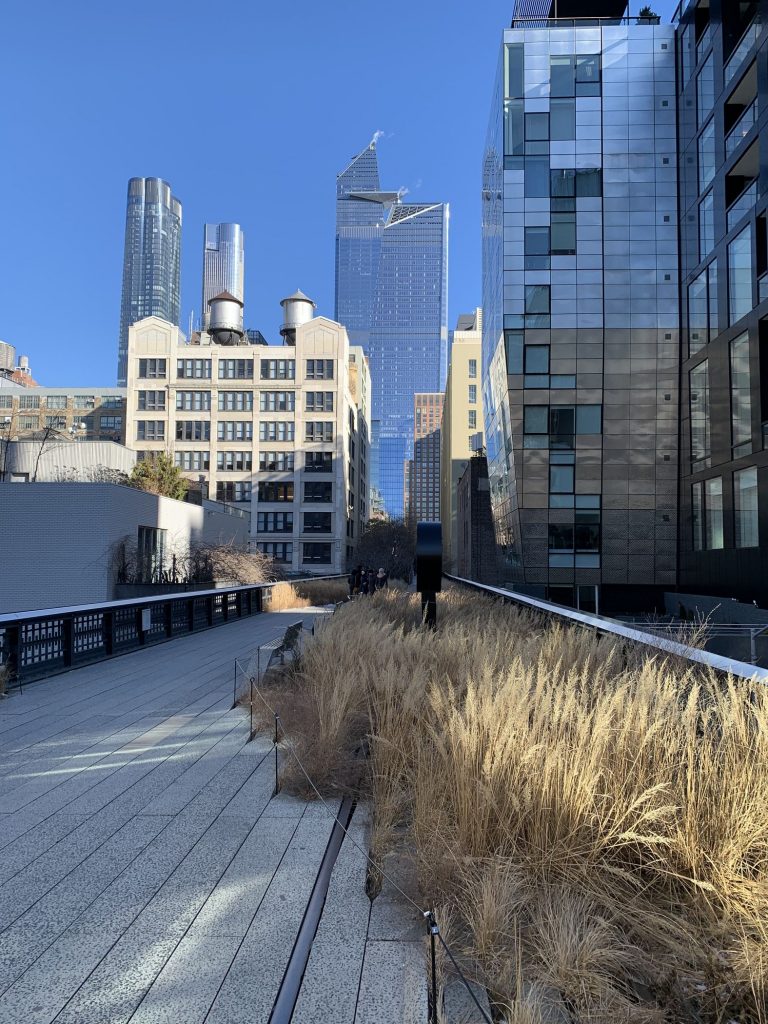
Ludwigshafen/Hamburg/New York – When a city permanently tries to market itself as “Germany’s Ugliest City” for tourists with bizarre tours, then there is an obvious problem there. In Ludwigshafen’s case, it’s the problem of not feeling and accepting itself as a city. The input of an expert in architecture and urban architecture & public space design on architectural visions for Ludwigshafen is correspondingly clear: “With big ideas and small steps, positive change can be programmed – it’s not the big throw at the green table that offers opportunities, but beta solutions in urban planning. The decisive advantage of this approach lies in its scalability. This characteristic is of central importance when, as in Ludwigshafen, the city coffers are chronically empty. The goal is always in sight: to initiate positive change for a better self-image as a city community. This creates proximity and closeness, creates sympathy and thus attractiveness both internally and externally. This is an important aspect for an industrial city like Ludwigshafen. In the middle of one of the strongest economic regions in Europe, it is particularly important here to inspire companies willing to invest and their existing and potential employees with enthusiasm for this city,” says Hamburg architect Dipl.-Ing. Justus Asselmeyer. https://asselmeyerarchitekt.de
Countless scars in the cityscape of a relatively small city
Ludwigshafen is a young city, more of an association municipality than a metropolis, and heavily marked by countless scars in the cityscape of the relatively small city. Ernst Bloch was born here. His idea of non-simultaneity fits the wildly diverse conglomeration of city districts like a glove. Their partly very old history and strong self-image were criminally neglected in the design of a modern metropolis of the post-war period. This does not make Ludwigshafen unique, but prototypical for many problems of German urban development. Identity architecture can make a valuable contribution in such cases, provide anchor points, and set landmarks on the way to a common self-image across district boundaries. https://asselmeyerarchitekt.de
Ludwigshafen is New York – or not “yet”?
Chance always plays a role. This was also the case in this story, where architect Asselmeyer “accidentally” read an article in the “Ludwigshafener Rundschau” with the title “Ludwigshafen is just not New York” and began to research. In this article, a representative of the Chamber of Industry and Commerce responded to journalists’ questions about Ludwigshafen as a business location and its future. The responses show a clear picture of the problems in the city and the planning mistakes made in urban development. The article specifically points out mistakes in the design of the city center, such as the problem of elevated roads, the main train station, the Rathaus-Center, the Walzmühle, and, above all, the fact that Ludwigshafeners see and refer to themselves as Oggersheimer, Friesenheimer, Mundenheimer, etc. rather than actually as Ludwigshafeners.
“The most interesting statement in the article, and for me, the initial spark that motivated me to do my own research, was the statement by the IHK man: ‘We would do well to consider where we want to go with the city, where it should develop.That’s a task for the entire city society… We need a common vision that we all have to stick to, that’s what’s been missing in the last decades. That interested me as an outsider, and I started researching,” says architect Asselmeyer.
As-is analysis and future visions of a “foreign” architect for Ludwigshafen
Before considering anything new, the question is: Where are we right now? Here, Asselmeyer sees a clear advantage for an observer from another city: “Yes, I’m not from Ludwigshafen, but perhaps that’s why I see the problems without blinkers and therefore more clearly and brutally than many residents and planners from this city. Having been an architect in New York myself, I know the city and the changes it has undergone and is still undergoing. I therefore say: Take an example from New York, the city of change. Ludwigshafen is perhaps much more New York than many people here believe. Ludwigshafen should not hide its light under a bushel, because I may even see New York as a blueprint for a positive new visionary Ludwigshafen, where identity architecture provides new urban self-confidence for its residents.”
Similarities in challenges between New York and Ludwigshafen
The current issue of the trade journal “Neue Architektur” shows the architectural reality in Ludwigshafen. While there are over 30 residential projects, some of which are very good, there is virtually no relevant new urban planning project by the public. Only the “Freischwimmer” and the “Creation Centers” are shy signs of life for the city’s will to change. Asselmeyer: “But there must be more to it than that. Surely it must be possible to shape the identity and image of this city as part of a modern metropolitan region in a new and lasting way, to set the tone for urban development in the 21st century and for the people of many nationalities who live, work and reside here. The similarities with New York are indeed striking even at second glance.”
Ludwigshafen and New York – cities with migrants
Ludwigshafen, almost like New York, has a high percentage of immigrants. While people from all 195 nations live in the megacity of the USA, Ludwigshafen is home to around 150 nationalities. New York draws its power of attraction and innovation from precisely this colorful mix of diverse talents and concentrated knowledge. Ludwigshafen must also succeed in harnessing the world’s energy and innovation power.
Ludwigshafen and New York – Cities on the Waterfront
Basically, Ludwigshafen actually has an advantage here with its location on the Rhine. This water artery has been used commercially for thousands of years and connects half of Europe with each other. In New York, it is the Hudson and East River that are not only transportation routes but also identity-forming lifelines for all New Yorkers and on whose banks there are countless highlights to discover. But what does Ludwigshafen have to offer? The BASF industrial site and a 30,000 square meter shopping mall – Basta! So instead of urban meeting areas for people and visitors, there are only interchangeable sales areas and industrial area. A missed opportunity.
Only once a year the city wakes up and presents the “Festival of German Film”. An open-air film festival with more than 100,000 visitors, right on the water. A real highlight, from which image-rich pictures go around the world. Asselmeyer: “But more can and must happen here! New ideas, new visions, and beta solutions of small steps so that an entire city can benefit once the full potential is realized.”
Ludwigshafen and New York – cities with high street
It will be difficult to reverse the decision to demolish the elevated road, but is it the right solution? One should consider what innovation can still be created from what is already there. The fact is, New York also had a fallow elevated highway for many years, known from many Hollywood movies and fast-paced car chases. Actually, it was a dilapidated freight train road. A demolition permit was already in place. At the last minute, however, the demolition was prevented (thanks to the initiative “Friends of the High Line”), and the dilapidated, crumbling structure became one of the busiest inner-city pedestrian walkways (the New York Highline). The Highline became a highlight, with great quality of stay and many open spaces for the residents of the city. This architectural impulse subsequently ensured further projects around this highline.
Social gathering places with culture and dining, such as the Meetpacking District and the new Hudson River Park (the overbuilt Hudson River Rail Yard area), will be brought together, raising up the entire west side of Manhattan and growing a new neighborhood. The Highline project still serves as a model for other urban projects around the world. Ludwigshafen could take an example here.
“My creative input: Ludwigshafen opens the world’s longest pedestrian and bicycle elevated highway!
This could be a front-page headline in the ‘FAZ’ in five years’ time and make Ludwigshafen interesting again for visitors and locals proud of their cool city again,” architect Asselmeyer is convinced.
Ludwigshafen and New York – cities without a city center
In reality, New York also has the problem of a missing “beautiful” city center, because New York lives without a clear center, but instead from its five different districts and the numerous neighborhoods of the most diverse cultural origins contained therein. All unique, individual, colorful and intercultural.
“My creative input: the task must be to bring together the local and urban districts of Ludwigshafen.
A new building on Ludwigshafen’s soon-to-be former city hall site alone will not be the solution to counteract the currently confused cityscape; many individual innovative architectural ‘connecting dots’ and ‘landmarks’ are needed to create places of encounter, movement and urban identification,” explains Asselmeyer.
Wish for the redesign: “Not simply architecture for a city, but identity architecture for Ludwigshafen”.
People are at the center of all future planning. And: Ludwigshafen must express the pride of its residents and the potential of trade and industry in its self-presentation and architecture!
“Ludwigshafen can become the city of enablers. The city of the industrial future and of BASF. Proud of its industry and innovative strength and the importance of the location, as Wolfsburg is to Volkswagen. There, people go to the Autostadt all year round and take advantage of the many green spaces, parks, cultural and leisure activities. This is exactly what the newspapers should be saying about Ludwigshafen in the future. I therefore call first for an analysis of the small and large potentials of this city and its people to enable the elaboration of a new city DNA. After that, ‘Beta Solutions for Ludwigshafen’ will turn Germany’s ugliest city step by step into the new and beautiful Ludwigshafen, of which its inhabitants can be justly proud, through innovative spirit and creative human identity architecture! Even though the city doesn’t have much of a budget, I firmly believe that big ideas and small steps would bring fundamental change to the city,” emphasizes architect Asselmeyer, who, with over 20 years of international experience and knowledge of architecture, but also of urban architecture & public space design, has an analytical and open view of Ludwigshafen’s current problems.
Information on the city of Ludwigshafen at: https://www.ludwigshafen.de/
Press contact:
ASSELMEYER ARCHITEKT Hamburg
Lange Reihe 29
20099 Hamburg
Tel.: +49 (0) 40 524 764 040
E-mail: info@asselmeyerarchitekt.de
Web: https://www.asselmeyerarchitekt.de

